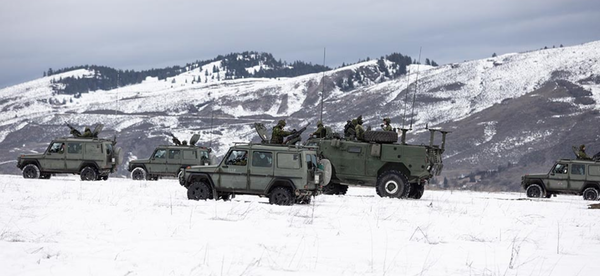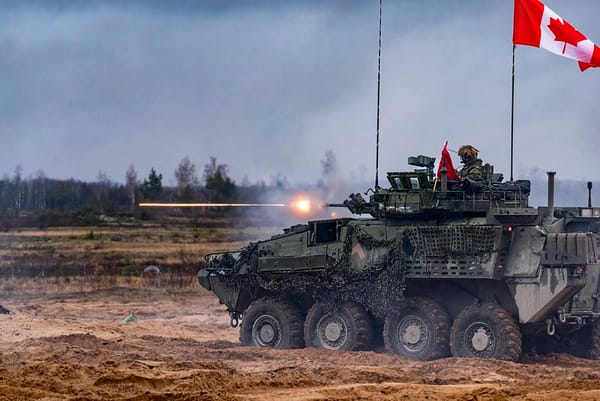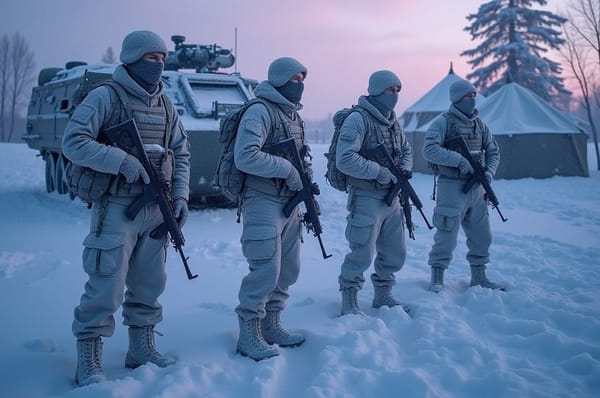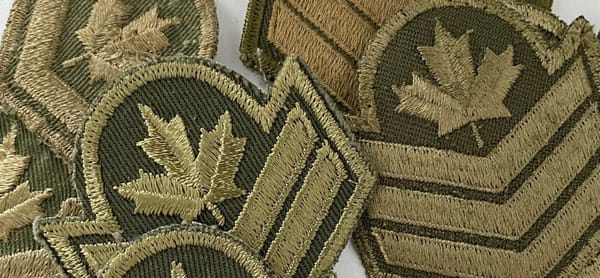Addressing the CAF Training Bottleneck
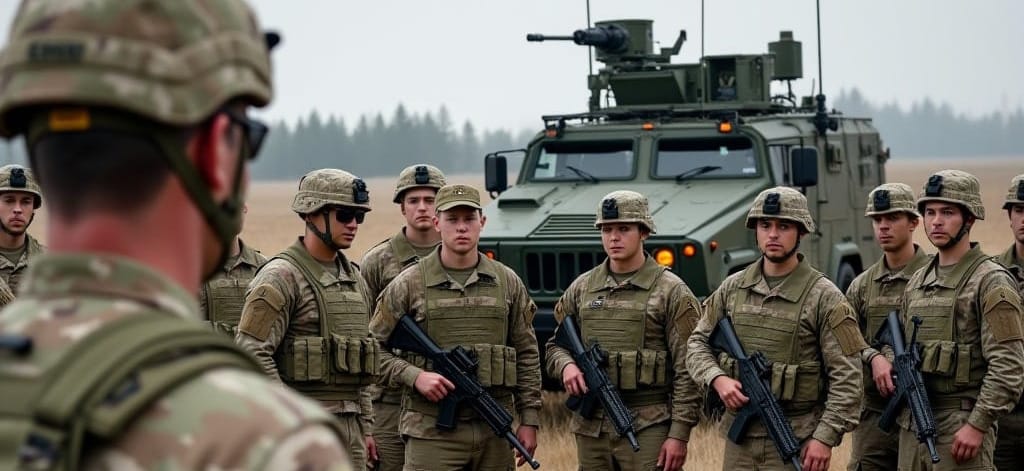
The Canadian Armed Forces (CAF) face a significant training bottleneck, exacerbating personnel shortages and reducing operational effectiveness. While recruitment remains a challenge, an equally pressing issue is the capacity to train and integrate new personnel efficiently. The current system struggles to keep pace with attrition rates, leaving operational units understaffed and unprepared.
The Roots of the Problem
- Limited Basic Training Capacity: While Basic Training (officially "Basic Military Qualification) is run sporadically at other bases, the vast majority of Basic Training is done in one centralized location at St Jean sur Richelieu south of Montreal, Quebec. Approximately 7,000 maximum can be put through Basic Training via St Jean.
- Limited Instructor Availability: Training establishments rely heavily on active-duty personnel, who are often reassigned to meet operational demands, reducing the pool of qualified instructors.
- Limitations of Civilian Instructors: Third-party providers like Calian and CAE Inc. supply civilian instructors through contracts, but they come at a high cost and remain outside DND’s direct control. Meanwhile, the Cadet Program employs civilian instructors specifically for youth training.
- Inefficiencies in Training Pipelines: Courses often face delays due to scheduling conflicts, lack of resources, and an inability to retain instructors long enough to maintain continuity and organizational knowledge. It is not uncommon for members to be assigned to a Personnel Awaiting Training (PAT) platoon for extended periods of time (months), wasting resources and causing members unnecessary distress; living in singles quarters away from their families, freedoms limited, and no meaningful duties to perform.
A New Training Branch
To break this bottleneck the CAF should decentralize Basic Training, and establish a dedicated Training Corps, separate from operational units, but staffed exclusively by former CAF personnel. This branch would allow trained soldiers, sailors, and airmen—whether retiring due to age, medical reasons, or career transition—to continue serving in a structured, professional instructor capacity.
Consider this proposed structure:

This structure decentralizes each elemental branch of the Training Corps to avoid inducing bottlenecks in instructor training and ensures recognition of the individual elemental cultures. To use the Army Branch as an example, Army Branch will produce instructors for Combat Arms (infantry, armoured, artillery, combat engineering) and Combat Support (maintenance, signals, logistics, intelligence). Instructors would be generated by these Branches once a member has been identified as suitable, and releasing.
Consider this instructor career pathway example:

In this example, a RCEME Vehicle Technician, ranked Master Corporal, has sustained a permanent injury and is in violation of Universality of Service. Currently, this member has no significant pathway to continue contributing to the RCEME, or the CAF as a whole. The member will be released into civilian life, and their experience is wasted to the CAF. With the Training Corps structure, the member's status is reported to Training Corps NHQ in Ottawa, who deems the member a candidate for enlistment as an instructor based on set criteria. NHQ makes a contract offer (3-5 years, specific location, guarantee of retirement posting if contract not extended, possibility of relocation upon contract extension, guarantee of rank, etc). If the member agrees to the contract, they are sent to the Army Branch for Instructor Training, and from there onward to their contracted position.
In this manner, the member is released with dignity from the Regular Force Army, and can continue their military career and contributions to King and Country, with gainful and stable employment. Furthermore advantageous, the CAF retains all the experience and knowledge garnered by the member - with no loss of resources - that can be passed on to the next generation of members exponentially.
Consider this training establishment structure using the current RCEME school as an example:

Key Features of the Training Branch
- Retention of Institutional Knowledge: Instead of losing experienced personnel entirely, this system provides a career pathway for them to pass on their expertise.
- Reduced Strain on Operational Forces: Active-duty units can focus on readiness while a dedicated training cadre ensures a steady pipeline of well-trained personnel.
- Streamlined Training Delivery: With a consistent instructor base, courses can be scheduled more efficiently, reducing delays and throughput issues.
- Enhanced Professional Development: Career instructors can develop more effective teaching methodologies, leading to better-trained recruits and junior leaders.
Implementation Considerations
- Funding and Career Incentives: Offering competitive pay and benefits to transitioning personnel would make this branch an attractive option.
- Legislative and Policy Adjustments: Integration into the CAF structure would require amendments to current personnel management policies.
- Infrastructure and Logistics: Expansion or reallocation of training facilities to accommodate the new branch would be necessary.
Conclusion: A Necessary Evolution for the CAF
The Canadian Armed Forces cannot afford to maintain the status quo. The current training bottleneck not only slows recruitment and integration but also drains operational units of valuable personnel. By decentralizing Basic Training and establishing a dedicated Training Corps staffed by experienced former CAF members, the CAF can finally break this cycle for the first time in 50+ years since the ill-fated unification of 1968.
This approach ensures that institutional knowledge is preserved, operational units remain mission-ready, and new personnel are trained more efficiently. It provides a dignified career extension for those who can no longer serve in combat roles while allowing them to continue contributing to the profession of arms.
If the CAF is to maintain a capable, well-trained force in an era of increasing global instability, reforming the training system must be a top priority. The creation of a Training Corps isn’t just a theoretical improvement—it’s a necessary step toward ensuring the long-term strength and sustainability of Canada’s military.
